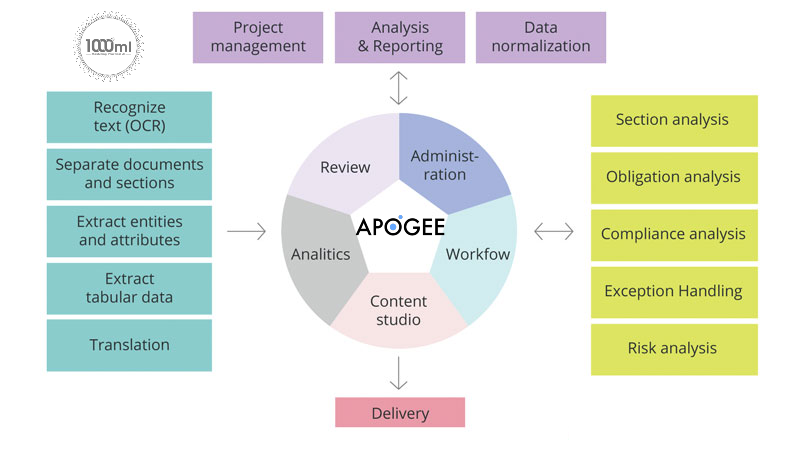Why you need Document Analysis with AI
Maximize efficiency and accuracy in data analysis with AI-powered tools. Discover the benefits of Automating Analysis with AI and how to choose the right tools for your needs.
This guide is aimed at helping lawyers and legal organizations understand the benefits of using artificial intelligence (AI) for document classification, summarization, and research. It is designed for non-technical audiences who are looking to automate some of the manual processes involved in managing legal documents.
Explanation of how AI can automate document classification, summarization, and research
AI can automate many of the manual processes involved in managing legal documents. For example, document classification involves using AI algorithms to automatically categorize documents based on their content. AI abstractive summarization uses NLP algorithms to condense long documents into shorter, more manageable summaries. And, Q&A large language models can be trained and fine-tuned to perform research on legal topics, helping lawyers and legal organizations find the information they need faster.
Explanation of the benefits for lawyers and legal organizations
The use of AI for document classification, summarization, and research has numerous benefits for lawyers and legal organizations. It can save time and increase efficiency by automating many manual processes, allowing lawyers to focus on higher-value tasks. It can also help organizations manage their document libraries more effectively, making it easier to find the information they need when they need it.
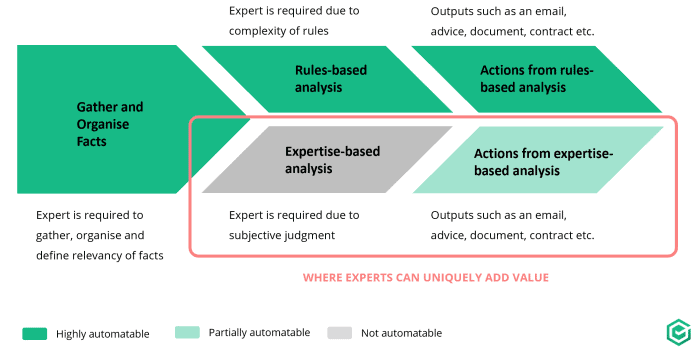
Types of Documents
Contract Documents
Contract documents are legally binding agreements between two or more parties that outline the terms and conditions of a particular arrangement. Examples of contract documents include employment contracts, lease agreements, and purchase contracts.
Agreement Documents
Agreement documents are similar to contract documents, but they tend to be less formal and less binding. They may outline the terms of a partnership, cooperation, or understanding between two or more parties.
Invoice Documents
Invoices are bills sent by a company to its customers, indicating the goods or services that have been provided and the amount owed for those goods or services.
Patent Documents
Patent documents are legal documents that provide exclusive rights to an inventor for a certain period of time, in exchange for disclosing the invention to the public.
General Paperwork
General paperwork refers to any type of document that is not classified as one of the above categories. Examples of general paperwork include memos, letters, reports, and forms.
AI Classification
Explanation of AI document classification
AI document classification involves using machine learning algorithms to automatically categorize documents based on their content. This can be done by training an AI model on a large dataset of pre-classified documents, allowing the model to learn the features and patterns that are most relevant for each category.
Requirements for AI document classification
To perform AI document classification, you will need a large dataset of pre-classified documents, as well as the tools and algorithms necessary to train and validate an AI model. You will also need to pre-process the text data in your documents, including tasks such as tokenization, stemming, and stop word removal.
Benefits of using AI for document classification
The use of AI for document classification can save time and increase efficiency by automating many manual processes. It can also help organizations manage their document libraries more effectively, making it easier to find the information they need when they need it.
Case studies or examples of successful AI document classification
One example of successful AI document classification is a legal organization that used an AI model to automatically categorize contract documents based on their content. This helped the organization save time and improve the accuracy of its document library, as well as make it easier for lawyers to find the information they needed.
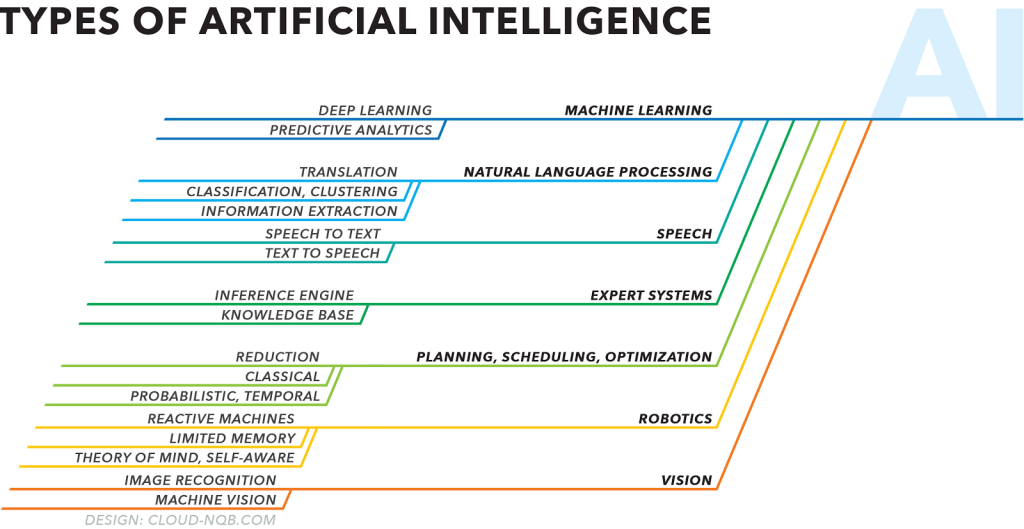
AI Abstractive Summarization
Explanation of AI Abstractive Summarization
AI abstractive summarization is a process of automatically generating a brief and coherent summary of a long document while retaining its meaning and main points. This is achieved through the use of Natural Language Processing (NLP) and machine learning algorithms that analyze the document and extract its key concepts, then generate a new text that is a condensed version of the original.
Requirements for AI Abstractive Summarization
To train an AI model for abstractive summarization, a large corpus of data, such as news articles or research papers, is needed. The data should be diverse and representative of the type of documents that the model will be summarizing. Pre-processing work is also required to clean and preprocess the data, such as removing punctuation, stop words, and converting all text to lowercase.
Once the data is ready, it can be split into training and validation sets, with the training set being used to train the model, and the validation set being used to evaluate its performance. The model can be fine-tuned to improve its accuracy and performance by adjusting its hyperparameters, such as the number of hidden layers, the learning rate, or the batch size.
Benefits of using AI for Abstractive Summarization
The use of AI for abstractive summarization can bring many benefits to lawyers and legal organizations. Some of these benefits include:
• Increased productivity: AI summarization can save lawyers and legal staff a significant amount of time by automating the summarization process and allowing them to focus on more critical tasks.
• Improved efficiency: AI summarization can increase the speed and accuracy of document review and analysis, reducing the risk of missing important information.
• Better organization: AI summarization can help lawyers and legal organizations to better organize their documents, making it easier to find and retrieve the information they need.
• Enhanced collaboration: AI summarization can help facilitate collaboration between lawyers and legal staff by providing a concise and easy-to-read summary of documents, allowing all parties to understand the information more quickly.
Case Studies or Examples of Successful AI Abstractive Summarization
One example of successful AI abstractive summarization is the use of the OpenAI GPT-3 model to generate summaries of legal contracts. In this case study, the model was trained on a large corpus of legal contracts and was able to generate summaries that were both accurate and concise. The model was also able to identify key clauses and terms in the contracts, making it easier for lawyers to understand the documents.
Another example is the use of AI abstractive summarization to summarize court transcripts. In this case study, the AI model was trained on a large corpus of court transcripts and was able to generate summaries that were both accurate and coherent. This allowed lawyers and legal staff to quickly review the transcripts and identify important information, improving the efficiency of their work
Q&A Large Language Model Creation and Fine-tuning for General Research
Explanation of Q&A Models
Q&A models are a type of natural language processing (NLP) model that are designed to answer questions in a conversational manner. They are typically trained on a large corpus of text data and fine-tuned to handle specific topics. In a legal context, Q&A models can be used to answer questions about case law, contracts, and other legal documents.
Requirements for Creating and Fine-Tuning a Q&A Model
To create and fine-tune a Q&A model, a large corpus of text data is needed. This data should be relevant to the legal field and can be obtained from sources such as case law databases, legal treatises, and law review articles. The data should also be pre-processed to remove any irrelevant information and to ensure that the text is formatted consistently.
Once the data has been obtained and pre-processed, the next step is to train a large language model on the data. This can be done using existing models such as OpenAI’s GPT-3 or by creating a custom model. The model should be fine-tuned to handle specific legal topics and to provide accurate answers to questions.
Benefits of Using a Q&A Model for General Research
The benefits of using a Q&A model for general research in the legal field include:
1. Increased efficiency: Q&A models can provide answers to questions quickly, reducing the time that lawyers and legal researchers spend searching for information.
2. Improved accuracy: Q&A models can provide accurate answers to questions, reducing the risk of errors and missed information.
3. Reduced workload: Q&A models can handle many of the routine tasks involved in legal research, freeing up lawyers and legal researchers to focus on more complex tasks.
Case Studies or Examples of Successful Q&A Model Usage
A good example of a successful Q&A model usage in the legal field is OpenAI’s own GPT-3. The model has been trained on a large corpus of legal text data and can provide accurate answers to questions about case law, contracts, and other legal documents.
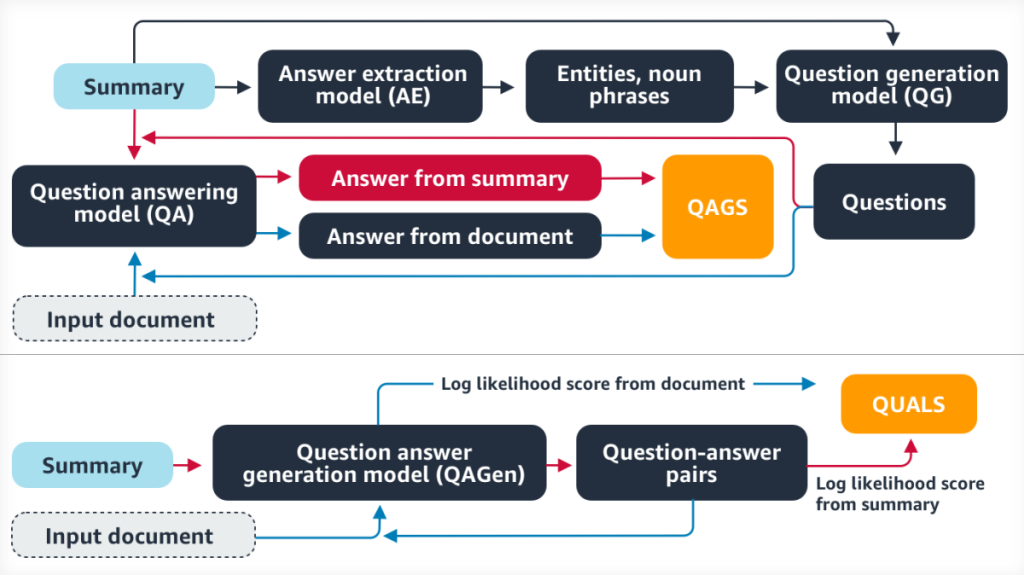
Expert Witness AI Modeling
Explanation of Expert Witness AI Modeling
Expert witness AI modeling is a process in which AI is used to analyze the testimony of expert witnesses in legal cases. The goal of this process is to identify patterns in the expert’s testimony and to determine the reliability and credibility of the expert’s testimony.
Requirements for Creating an Expert Witness AI Model
To create an expert witness AI model, a large corpus of expert witness testimony is needed. This data should be pre-processed to remove any irrelevant information and to ensure that the text is formatted consistently.
Once the data has been obtained and pre-processed, the next step is to train a machine learning model on the data. This model should be capable of analyzing the expert witness testimony and identifying patterns in the testimony. The model should also be capable of making predictions about the credibility and reliability of the expert’s testimony.
Benefits of Using an Expert Witness AI Model
The benefits of using an expert witness AI model include:
1. Improved accuracy: Expert witness AI models can provide more accurate evaluations of the credibility and reliability of expert witness testimony.
2. Reduced workload: Expert witness AI models can handle many of the tasks involved in evaluating expert witness testimony, freeing up lawyers and legal researchers to focus on other tasks.
3. Increased efficiency: Expert witness AI models can provide evaluations of expert witness testimony quickly, reducing the time that is required to identify and choose your expert.
Case Studies or Examples of Successful Expert Witness AI Modeling
• A large law firm used expert witness AI modeling to streamline their process of finding the right expert witness for their clients. The model analyzed past case data to predict the likelihood of an expert witness being a good fit for a specific case. This saved the firm time and resources as they no longer had to manually sift through large amounts of data to find the right expert witness.
• A legal organization used an expert witness AI model to analyze the credibility and reliability of potential expert witnesses. The model used various sources of data, including the expert witness’s past testimony, publications, and education to make predictions. This allowed the organization to make informed decisions about which expert witnesses to use, leading to more successful outcomes for their clients.

Apogee Suite: Automating the Processes
Overview of Apogee Suite
Apogee Suite is an AI-powered automation tool for document processes. It streamlines document classification, summarization, and research by leveraging the power of NLP and AI. The platform is easy to use and allows lawyers and legal organizations to automate their document processes, saving time and resources while improving accuracy and efficiency.
Explanation of How Apogee Suite Automates Document Classification, Summarization, and Research
Apogee Suite uses NLP and AI algorithms to automate document processes. For document classification, it uses machine learning models trained on large amounts of data to accurately categorize and label documents. For abstractive summarization, the platform generates concise summaries of long documents, highlighting the most important information. And for research, it uses Q&A models to answer questions and provide relevant information from large amounts of data.
Benefits of Using Apogee Suite for Document Automation
• Time-saving: Apogee Suite automates document processes, freeing up lawyers and legal organizations to focus on more strategic tasks.
• Improved accuracy: AI algorithms are more accurate than manual processes, leading to more accurate results and better decision making.
• Cost-effective: Automating document processes reduces the need for manual labor, leading to cost savings for the organization.
• Increased efficiency: Apogee Suite streamlines document processes, reducing the time it takes to complete tasks and increasing overall efficiency.
Steps for Creating Workflows Using Apogee Suite
1. Sign up for an account on the Apogee Suite platform.
2. Upload your document data to the platform.
3. Train the AI algorithms on your document data.
4. Create workflows for document classification, summarization, and research.
5. Use the workflows to automate document processes.
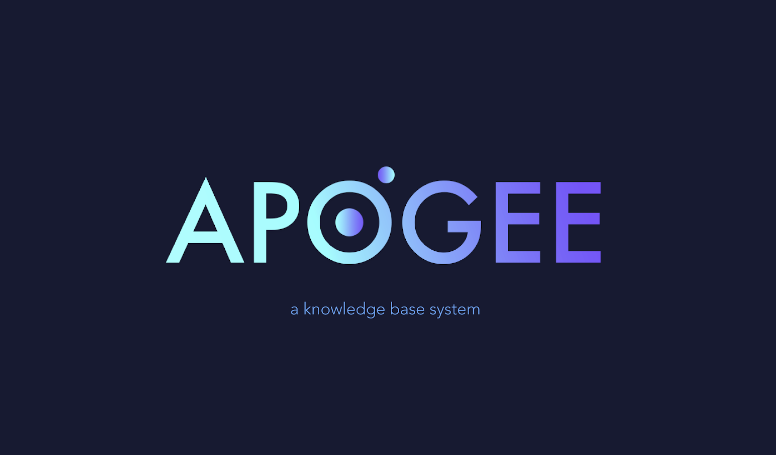
Conclusion
Recap of the Benefits of Using AI for Document Classification, Summarization, and Research
In this guide, we explored the benefits of using AI for document classification, summarization, and research. AI algorithms are more accurate than manual processes, leading to more accurate results and better decision making. Automating document processes with AI also saves time and reduces costs, freeing up lawyers and legal organizations to focus on more strategic tasks.
Final Thoughts and Recommendations for Lawyers and Legal Organizations
We highly recommend that lawyers and legal organizations explore the use of AI for document processes. With tools like Apogee Suite, automating document processes is easy and cost-effective. Whether you’re looking to improve accuracy, save time, or reduce costs, AI is an excellent solution for document processes in the legal industry.
Encouragement to Try Out Apogee Suite for Automating Document Processes
The implementation of AI in document management can greatly benefit lawyers and legal organizations. With the use of AI, document classification, summarization, and research can be performed much more efficiently and accurately. The Apogee Suite provides an easy-to-use platform for automating these processes, making it an excellent tool for organizations to adopt. By utilizing the power of AI, lawyers and legal organizations can streamline their workflows, reduce errors, and make the best use of their time.
We encourage you to give Apogee Suite a try and experience the benefits of AI-powered document management for yourself.
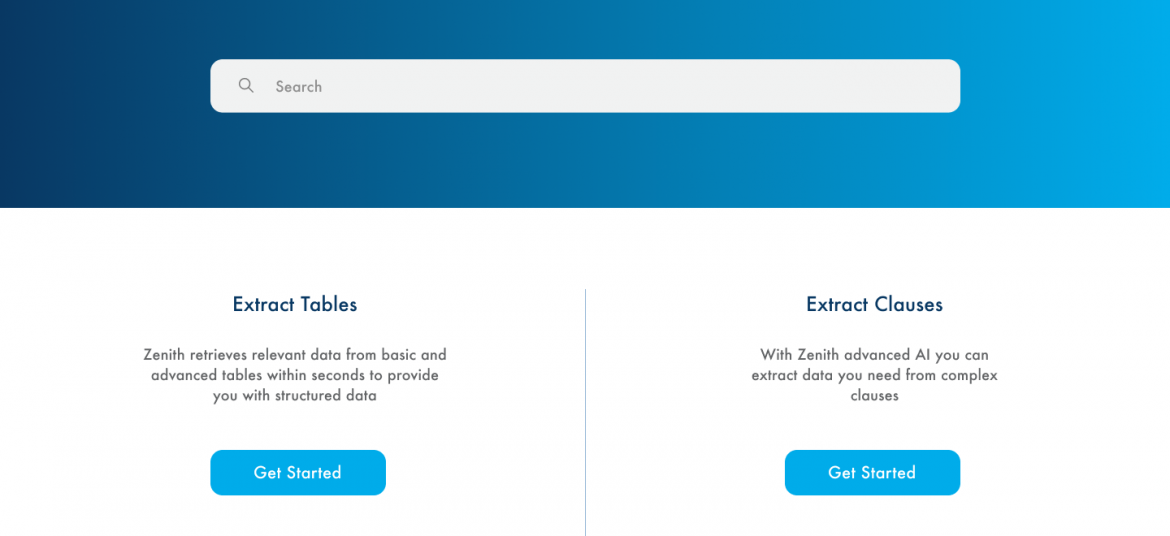
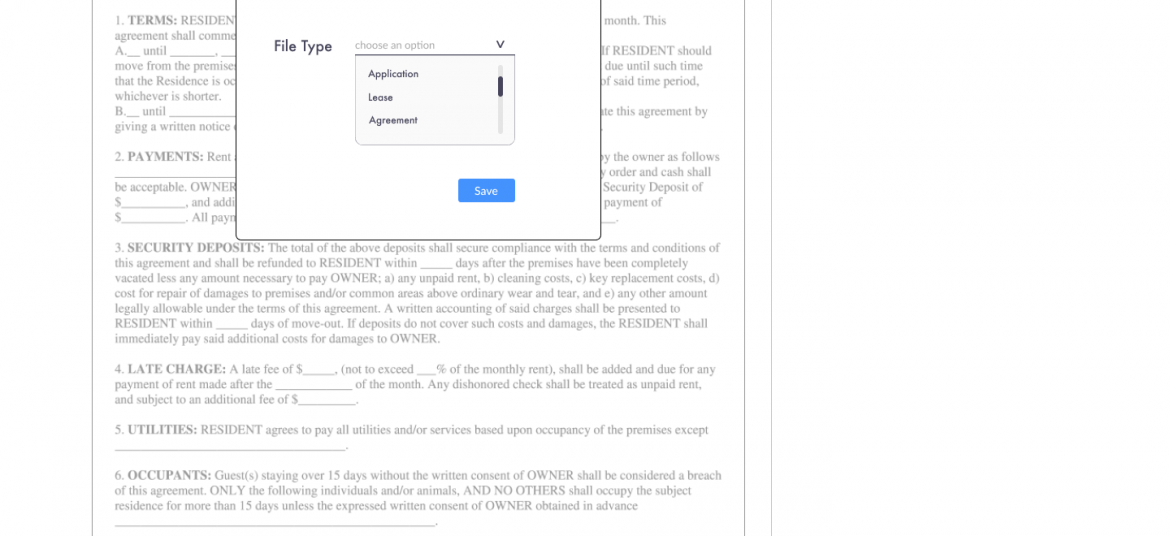
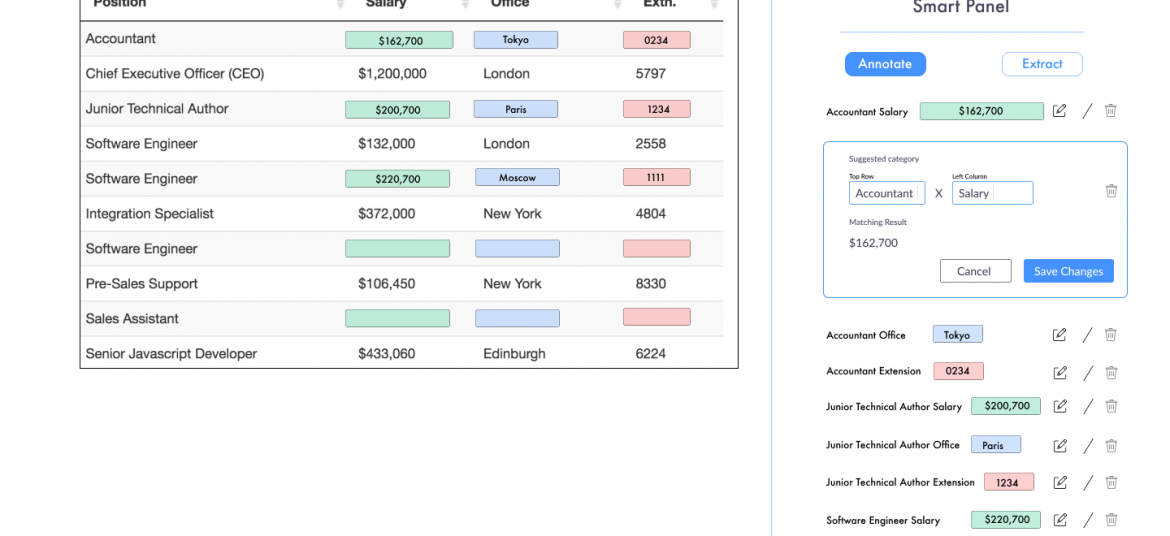
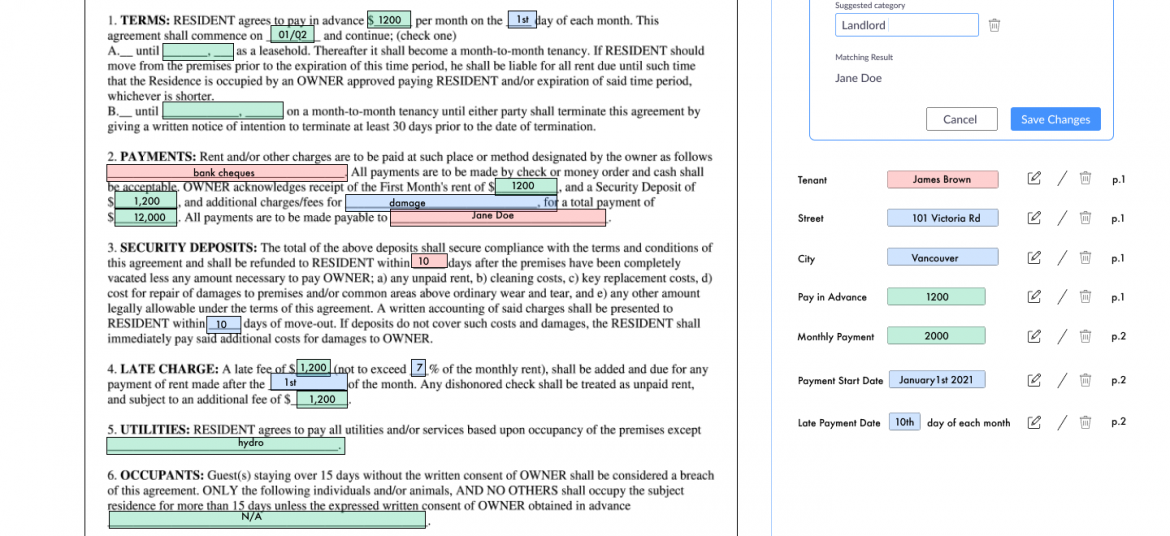
Apogee Suite of NLP and AI tools made by 1000ml has helped Small and Medium Businesses in several industries, large Enterprises and Government Ministries gain an understanding of the Intelligence that exists within their documents, contracts, and generally, any content.
Our toolset – Apogee, Zenith and Mensa work together to allow for:
- Any document, contract and/or content ingested and understood
- Document (Type) Classification
- Content Summarization
- Metadata (or text) Extraction
- Table (and embedded text) Extraction
- Conversational AI (chatbot)
Search, Javascript SDK and API
- Document Intelligence
- Intelligent Document Processing
- ERP NLP Data Augmentation
- Judicial Case Prediction Engine
- Digital Navigation AI
- No-configuration FAQ Bots
- and many more
Check out our next webinar dates below to find out how 1000ml’s tool works with your organization’s systems to create opportunities for Robotic Process Automation (RPA) and automatic, self-learning data pipelines.
